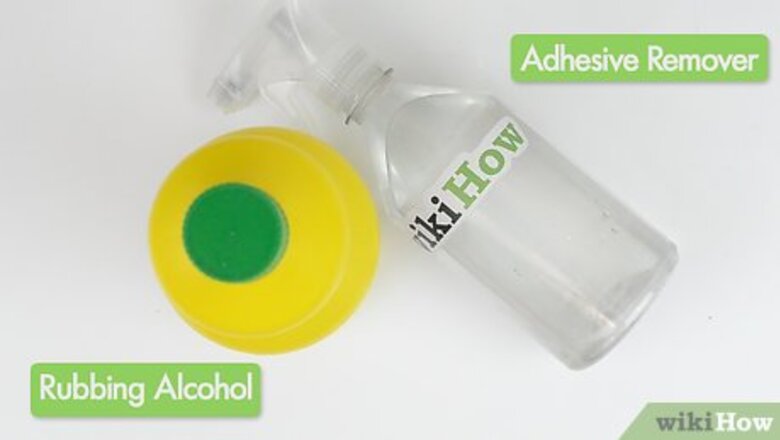
views
- Spray the back of the patch with a solvent like acetone, rubbing alcohol, or Goo Gone. Stretch the fabric and peel or scratch the patch off, then wash.
- Alternatively, loosen the patch with heat from a hair dryer or steam from a hot, wet towel. Scrape the patch off with a sharp knife and wipe away any residue.
- If it’s still stuck, grab an iron on high heat and place a sheet of parchment paper over the patch. Iron it with quick strokes to melt the adhesive.
Using Chemical Solvents to Remove Transfer
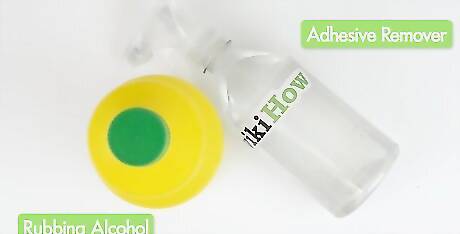
Purchase a chemical solvent made for removing lettering. There are solvents made for this specific purpose, but you could try household solvents such as nail polish remover, rubbing alcohol, or an adhesive remover such as Goo Gone.
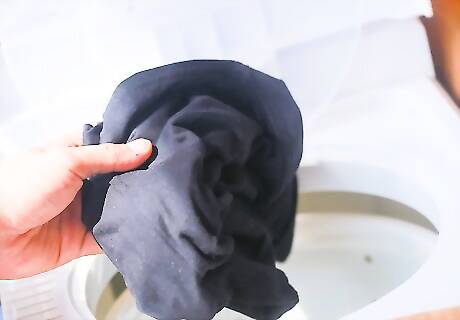
Place your garment in the dryer. Putting the item in the dryer on high heat for a few minutes will heat the adhesive and possibly loosen it a little.
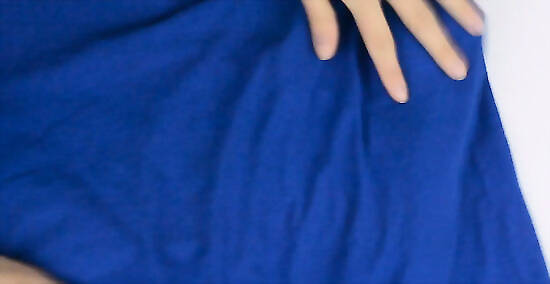
Turn your garment inside-out. The transfer should be on the inside. You should locate the area of the transfer and place your garment so that the inside of the shirt with the transfer behind it is facing up (so that if you could see through the shirt, you would see the back side of the transfer).
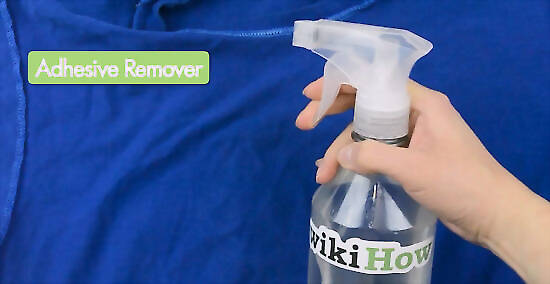
Test an area of the garment. Before applying solvent all over the garment, test a discreet area to be sure that the chemical does not damage the garment.
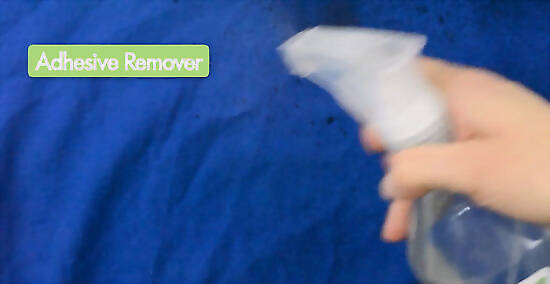
Saturate the garment with the solvent. Apply the solvent liberally to the areas of the garment that have the transfer on the other side. The idea is that the solvent will soak through the fabric and loosen the adhesive between the fabric and the transfer.
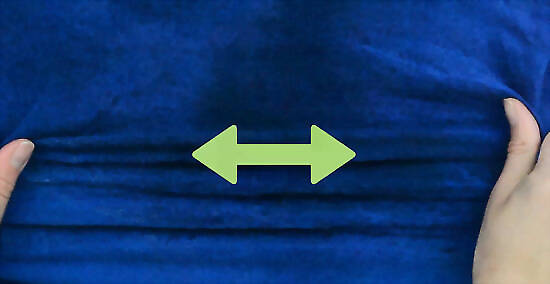
Stretch the fabric. Stretching and wiggling the fabric will help the solvent soak through the fabric and penetrate the adhesive. After stretching, you may want to apply more solvent.
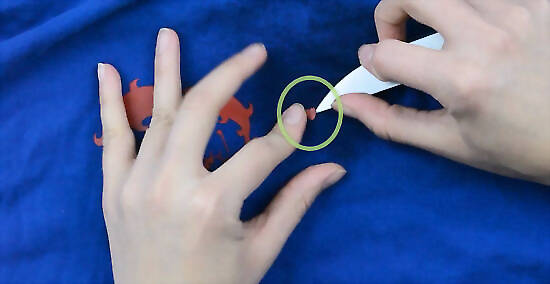
Peel the transfer away. If the solvent has worked, you should be able to peel the transfer off of the garment. You may need to encourage the transfer to peel off by using a knife to scrape it up or by applying additional heat with a hair dryer.
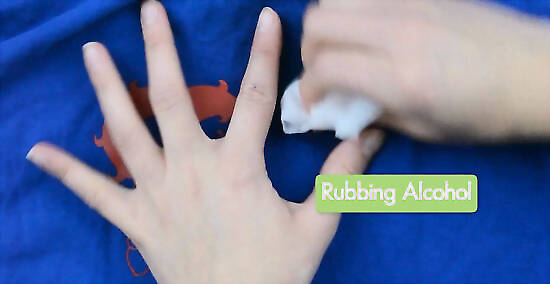
Remove any glue residue. After the transfer has been removed, you may find some adhesive left over. You can try removing it with rubbing alcohol or an adhesive remover such as Goo Gone. Be sure to check a discreet corner of the material for reaction before using any chemical on the fabric.

Wash the garment by itself. Wash the garment alone, either by hand or in the washing machine. Washing it with other garments may cause the solvent to damage other items of clothing. Be sure to wash the garment well, using extra detergent, before wearing to avoid skin contact with the solvent.
Using Heat and Steam to Remove Transfer
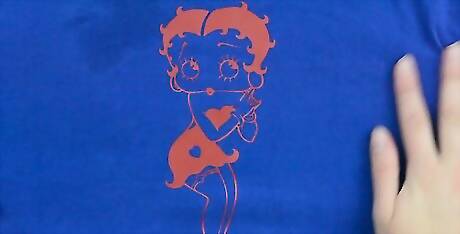
Place the garment on a flat surface. An ironing board or tabletop covered with a towel would work. Be sure the surface that you are using is not sensitive to heat.
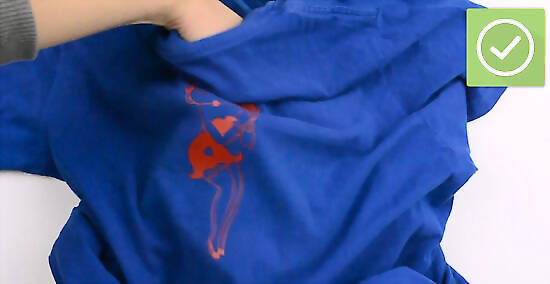
Put a towel inside the shirt. Placing a small towel or rag inside the shirt may help prevent any damage to the other side of your garment. If the towel is making your work surface difficult because it is too soft, try a piece of cardboard or very thin plywood instead.
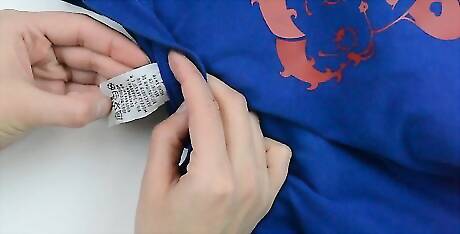
Check the garment care instructions. Heating the garment beyond recommended settings may cause damage to the material. Some materials, such as polyester, may actually melt if overheated.

Use a hairdryer to heat the transfer. A hairdryer on its hottest setting, held very close to the letters, may heat the adhesive on the back of the transfer enough for it to become malleable and be removed.

Use steam to heat the transfer. Alternately, you can use steam to treat the transfer. Place a wet towel over the transfer and put a very hot iron on top of it. The steam may heat the adhesive on the back of the transfer enough for it to become malleable and be removed.
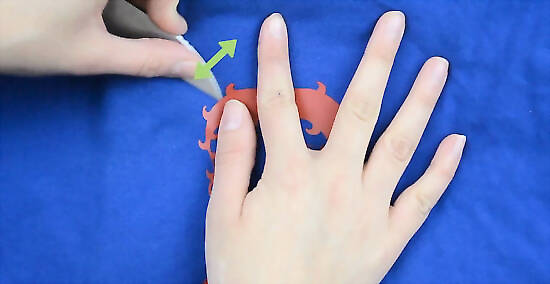
Use a sharp knife to peel up the transfer. Once the transfer has loosened with the heat, scrape a sharp knife along the edge to pry up the iron-on transfer. Once part of the transfer has been pried up, it should be easier to continue pulling up the transfer a little at a time.

Continue heating areas of the transfer and removing the transfer. You may need to do one very small area of the transfer at a time to keep it very hot in order to keep scraping it away.
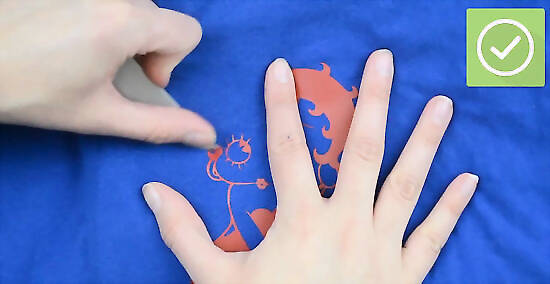
Be patient. This method may take a long time. Put on some of your favorite music and challenge yourself to stick with it until it is all finished.
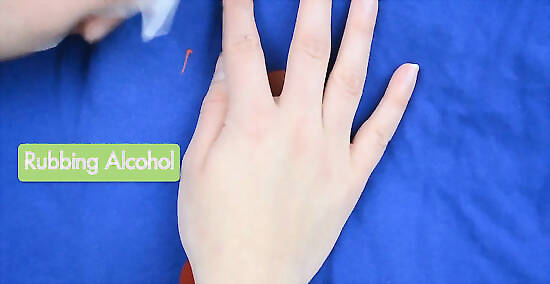
Remove any glue residue. After the transfer has been removed, you may find some adhesive left over. You can try removing it with rubbing alcohol or an adhesive remover such as Goo Gone. Be sure to check a discreet corner of the material for reaction before using any chemical on the fabric.
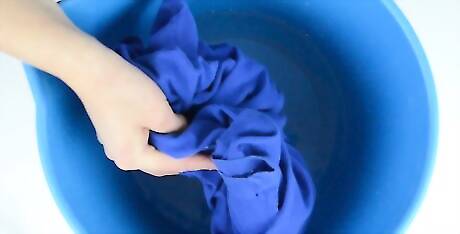
Wash the garment as usual. After you have removed the transfer and residue, launder the garment as you normally do. Be sure to do this if you used any kind of chemical to remove leftover residue, as chemicals may irritate or harm your skin.
Removing a Transfer With An Iron
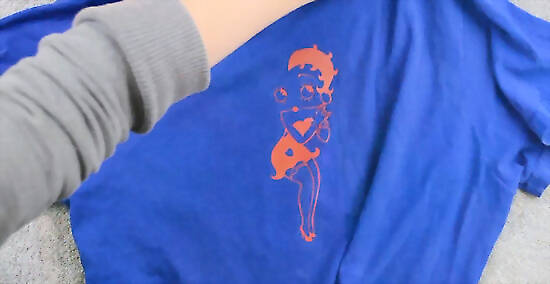
Place the garment on an ironing board. Be sure that the transfer is facing up, and lay the garment out completely flat. If you do not have an ironing board, you can lay a towel across a hard surface such as a table, counter, washing machine, or dryer.
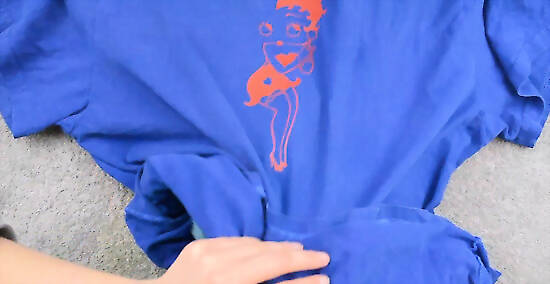
Put a towel inside the shirt. Placing a small towel or rag inside the shirt may help prevent any damage to the other side of your garment. If the towel is making your work surface difficult because it is too soft, try a piece of cardboard or very thin plywood instead.
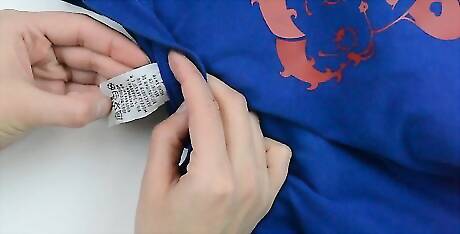
Check the garment care instructions. Heating the garment beyond recommended settings may cause damage to the material. Some materials, such as polyester, may actually melt if overheated. This method involves direct heat and runs a higher risk of damaging the garment than other methods.
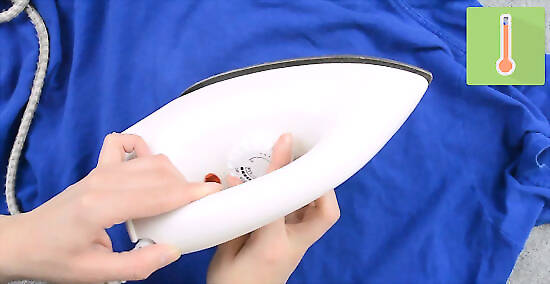
Heat your iron. The iron should be as hot as possible. This may mean that the iron will be hotter than the care instructions for the garment allow. If you are worried about damaging the garment, you may want to try a different method. You could try starting with a medium heat and slowly turning the iron hotter to find the right temperature that will remove the transfer but not damage the garment.
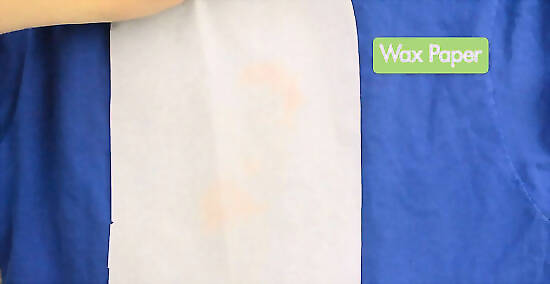
Lay parchment paper over vinyl letters. If the transfer is made of vinyl, place parchment paper over the letters and iron directly on the parchment paper. The vinyl transfer will essentially melt and stick to the parchment paper, and you can peel the letters away from the shirt by removing the parchment paper. This only works with vinyl transfers.
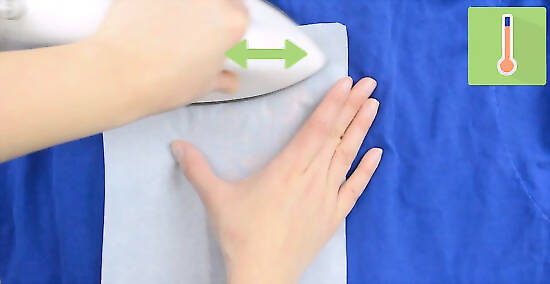
Apply the iron to a corner of the transfer. The heat from the iron should essentially melt the transfer away. Start with a corner and work your way across the transfer.
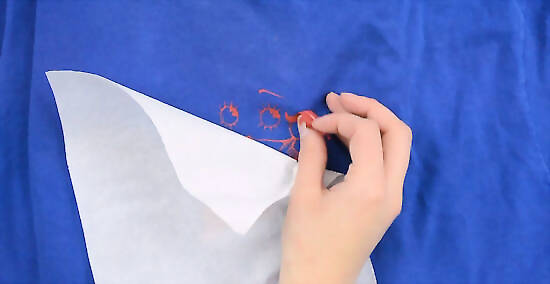
Use quick strokes of the iron to remove the transfer. Once a corner has come off, make quick movements with your iron in the direction of the transfer. It should continue to peel up and possibly burn off as you go.
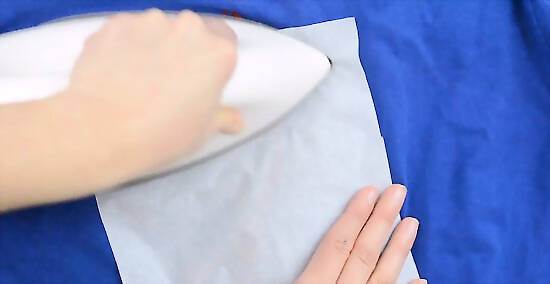
Continue until the transfer is gone. Repeat the strokes of the iron directly on the transfer until it has been completely removed. If you garment appears to be getting damaged, you may want to turn down the heat a bit.
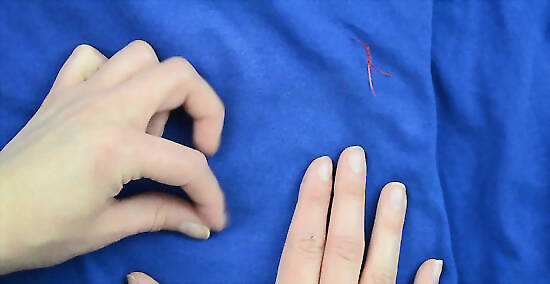
Remove any glue residue. After the transfer has been removed, you may find some adhesive left over. You can try removing it with rubbing alcohol or an adhesive remover such as Goo Gone. Be sure to check a discreet corner of the material for reaction before using any chemical on the fabric.
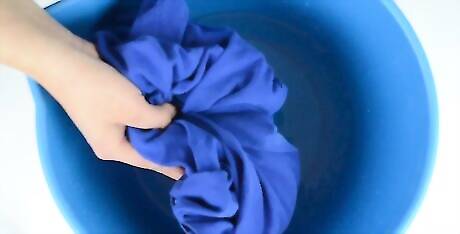
Wash the garment as usual. After you have removed the transfer and residue, launder the garment as you normally do. Be sure to do this if you used any kind of chemical to remove leftover residue, as chemicals may irritate or harm your skin.


















Comments
0 comment